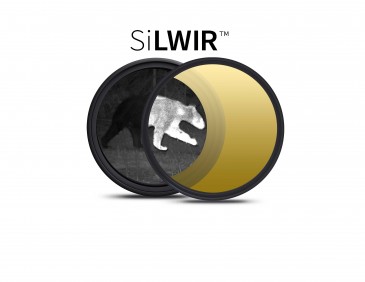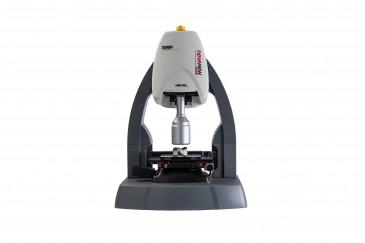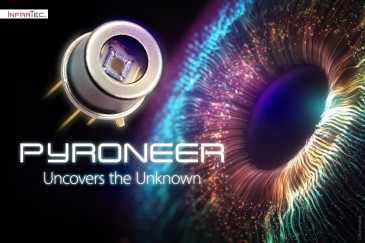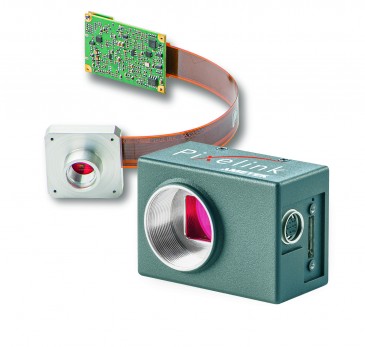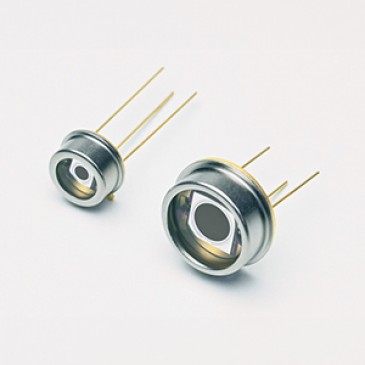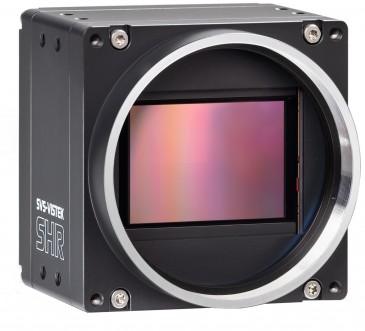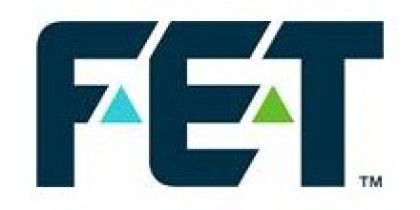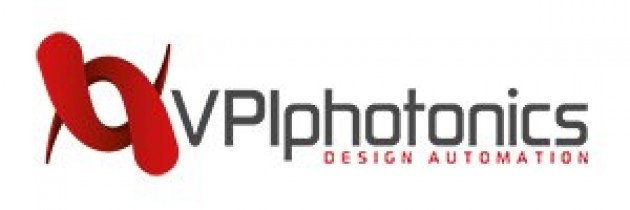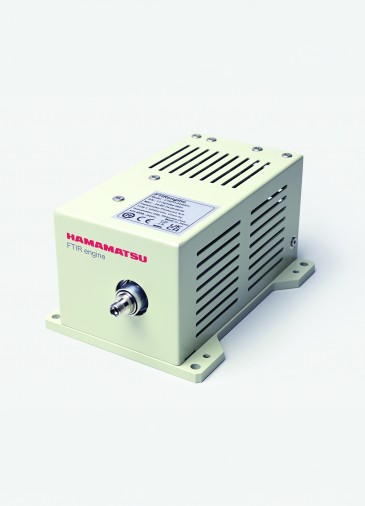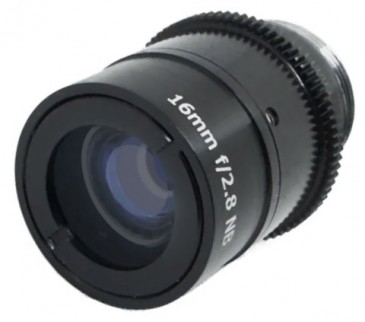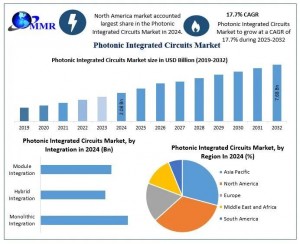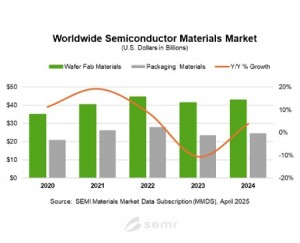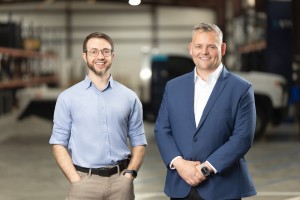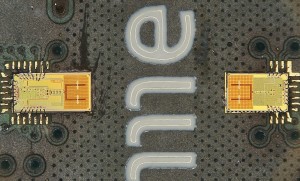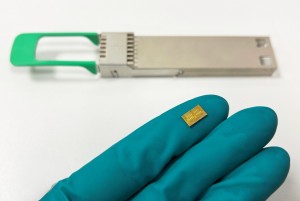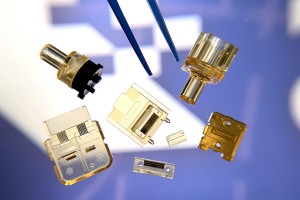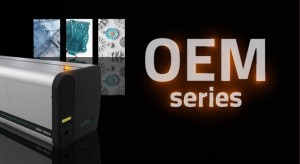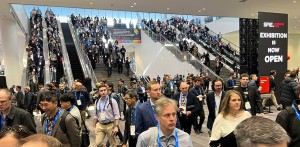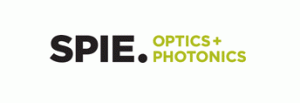
SPIE Optics + Photonics 2015 is taking place this week in San Diego, California (US). This multidisciplinary optical sciences and technology meeting offers conference sessions with lively and in-depth talks on optical engineering, sustainable energy, nanotechnology, organic photonics, and astronomical instrumentation, and more. The exhibit hall is also full of new and exciting product introductions and demonstrations.
Opening session
Artur Chmielewski of NASA’s Jet Propulsion Lab opened the plenary session with a review of the Rosetta Mission, which in 2014 set down the Philae lander on comet "67P”. He noted that the mission will conclude next year by landing the Rosetta orbiter itself on the comet.
In the second plenary talk, Professor Nader Engheta of the University of Pennsylvania described the work in his lab to expand the properties of natural optical materials to create novel metamaterials with properties not found in nature. His lab demonstrated, for example, how waves can be confined to propagate along a single-atom-thick layer of graphene despite the wavelength of the light being larger than the height of the metamaterial surface. He noted that this is done in electronics by controlling and manipulating flow of charged carriers. In photonics, he said, this is done through controlling photons and optical waves.
Laboratory instructor mentoring program
In the conference on Optical Trapping and Optical Micromanipulation, Gabriel Spalding of Illinois Wesleyan University presented a laboratory instructor mentoring program established and funded by the Advanced Laboratory Physics Association (ALPhA). The program brings together small groups of laboratory instructors to teach them a specific advanced physics experiment, such as an optical trapping experiment, to help enhance the instructor’s confidence in teaching it to undergrads.
Optical data storage: holography
Ryuichi Katayama from Fukuoka Institute of Technology showed a reduction in the number of light paths needed for writing in holographic data storage processes using polarity. He described how a radially polarized beam was used as the reference beam. With the reference and signal beam combined on the same side of the storage material, the two aligned beams are focused into the medium during the write process, and a specific diffraction grating is created.
Organic light emitting materials and devices
Ken-Tsung Wong of Taiwan University spoke about OLED efficiencies and the modalities of operation that include fluorescence, delayed-fluorescence, and phosphorescence. His team has been team on fabricating highly efficient blue OLEDs by mixing an exciplex cohost with a phosphorescent dopant system.
In another session, Tae-Ho Kim of Samsung Advanced Institute of Technology described his group’s research on how to efficiently manufacture quantum dots at specific emission frequencies using a process suitable for industrial fabrication process
Toroidal excitations, creation, observation and more
Nikolay Zheludev of the UK Optoelectronics Research Center and Nanyang Technological University presented in the conference on Metamaterials, Metadevices and Metasystems a brief history of toroidal excitations, their creation, observation, and uses. While toroidal moments were only first studied in the 1980s, the recent interest has skyrocketed. Toroidal moments don't have much to do with “conventional” optical responses, they have been demonstrated to be an important factor in certain materials at very high frequencies. Expect to hear more about toroidal moments, especially the “focused doughnut” pulse.
From the show floor
The exhibit at SPIE Optics + Photonics is relatively small, with only 184 companies represented. The great advantage to a small show is that you can spend some time with industry leaders, learning about products and their applications.
Sensors Unlimited is showing its 320CSX camera, the latest in its line of MICROSWIR high-performance short wave infrared (SWIR) video cameras. Sensors Unlimited and UTC Aerospace Systems can be found in booth 618.
Canadian firm, INO, took the opportunity of the Optics + Photonics show to launch its auto-centering technology for precision lens alignment. Visitors to booth 338 can learn how the technology works, its benefits and aplications.
Synopsys is showing version 8.3 of its LightTools illumination design software, which includes an Advanced Design Module specifically created to enable design of freeform optics for a wide range of illumination applications. We spoke with Jake Jacobsen, Ph.D., Synopsys Technical Marketing Manager, about the many advantages that freeform optics offer over conventional optics, such as precise light control, innovative styling, compact system dimensions and energy efficiency. The updated version includes an Advanced Design Module, Freeform Design for non-conforming shapes, a reflector tool, phosphor modeling improvements, and a new API, which Jacobsen said. “This is a roll your own feature where you can get a tremendous amount of control.” See Synopsys in booth 117.
Written by Anne Fischer, Managing Editor, Novus Light Technologies Today





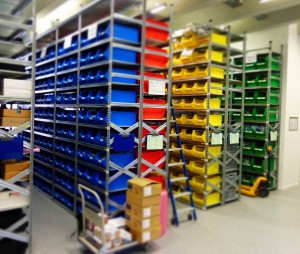





























 Back to Blog
Back to Blog